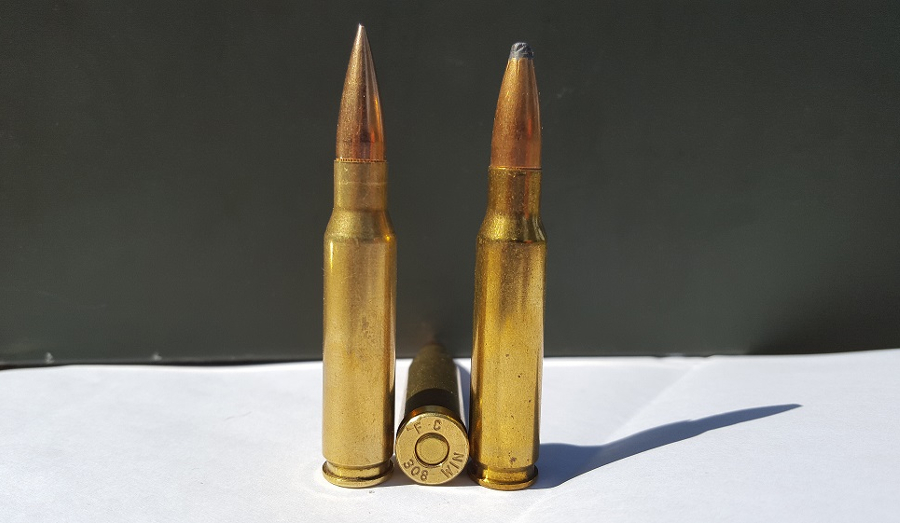While the 7.62x51mm NATO cartridge was intended to replace the .30-06 Springfield as the standard American service cartridge, it didn’t even last a decade before being replaced by the 5.56x45mm cartridge. While that might have spelled the end for lesser cartridges, the 7.62x51mm/.308 Winchester has hung on to remain one of the most popular rifle cartridges in the world.
The 7.62x51mm remains the standard general purpose machine gun cartridge in the United States and throughout NATO, and remains a popular cartridge for sniper rifles and designated marksman rifles with military and police forces around the world. As the .308 Winchester, the cartridge is one of the most popular hunting cartridges in the world, and is the second most popular rifle cartridge in the United States.
The development of the 7.62x51mm cartridge took place alongside the United States’ quest to replace the M1 Garand as the standard service rifle. The .30-06 cartridge was deemed to be too powerful for most soldiers to control and the ammunition was too heavy. With advances in gunpowder technology, newer cartridges were able to push the same bullets to the same velocities as in the .30-06 but with a smaller case and with less powder.
The 7.62x51mm had to compete against the .280 British cartridge, a 7mm intermediate-power cartridge that pushed a 140-grain bullet at around 2,550 feet per second, versus the 7.62x51mm’s 147-grain bullet at 2,800 feet per second. American designers weren’t about to let a foreign cartridge displace their design, nor were they keen on any cartridge less than .30 caliber.
Eventually the British decided to drop the .280 British in exchange for the US adopting the FN FAL, as Britain and many other NATO countries did. However, despite the superiority of the FAL in testing against the M14, the US decided to go with the M14 as its standard service rifle. The 7.62x51mm turned out to be highly uncontrollable in automatic fire from the battle rifles in which it was chambered, leading to many being limited to semiautomatic fire only.
As it was, the controllability of the 5.56x45mm in the AR-15 rifle led to the M16 supplanting the M14 less than a decade after the M14 had been introduced into service. Had the US adopted the .280 British instead of the 7.62x51mm, who knows how different our cartridge history might have been.
In civilian usage the .308 Winchester has become a highly popular hunting cartridge, allowing near duplication of .30-06 ballistics in a smaller cartridge that can be chambered in shorter-actioned hunting rifles. Commercially available ammunition is available with bullets ranging between 120 grains and 240 grains, although 145-grain to 168-grain ammunition is the most common. The .308 Winchester case has also been used to create an entire family of sporting cartridges, including the .243 Winchester, .260 Remington, 7mm-08 Remington, .338 Federal, and .358 Winchester.
For those shooting semiautomatic rifles, care must be taken to ensure that any ammunition is compatible with semiautomatic rifles. The same precautions must also be taken when handloading. Use of bullets that are too heavy, or powders that are too slow or too fast, can lead to higher pressures at gas ports and damage gas systems and bolt carriers. In general, those shooting gas-operated guns should stick to M80-class cartridges featuring 145-grain to 150-grain bullets, with occasional use of heavier 168-grain match bullets being permissible.
For the prepper, .308 Winchester ammunition will be the second-most common ammunition encountered in a survival situation. Yes, there are ballistically superior cartridges that have subsequently been created for 7.62×51-class rifles, but you’ll have a hard time finding them at your local Walmart or gun shop, let alone once the flag goes up. If you’re looking for an intermediate-caliber rifle that can do it all and for which you can still find ammo when times get tough, it’s worth having at least one rifle in 7.62×51/.308 Winchester on hand.
Image: JHobbs
This article was originally posted on Red Tea News.





